
Bianca Ambrosino
Art Education major
The Ride of a Lifetime: The IMAQUEST Amusement Park Contract
The newest and coolest amusement park called IMAQUEST is looking for a team to hire to design a ride that is impossible to find anywhere else! What ride can you and your team create that will blow IMAQUEST AWAY? How will you get the contract?
The cross curricular art education unit for high school students involves four parts:
1) planning and sketching,
2) building and painting,
3) embellishing, and
4) final presentation.
It was designed to allow students to use the skills they learn in both the visual arts and sciences in a practical way in order to create a thoughtful and well designed piece.
Step 1: Design Your Ride
Rationale
Students will create a pencil drawing that illustrates the concept design of their imagined amusement park ride, while exploring the terms and techniques of 3D shapes, value, depth and texture. To build excitement about the project, the educator shows the work “Dismaland” by street artist Banksy, and the mockumentary, “The Centrifuge Brain Project” BY Till Nowak to students. Both works explore imaginary and impossible amusement rides!
Art Objectives
Vocabulary
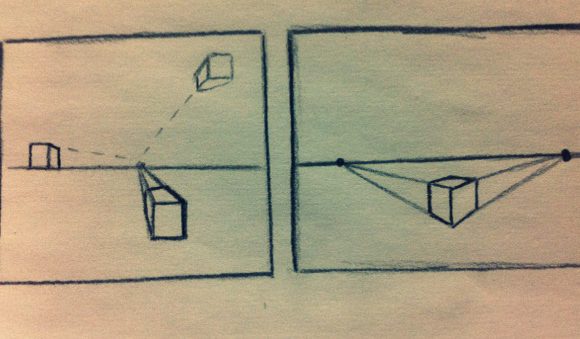
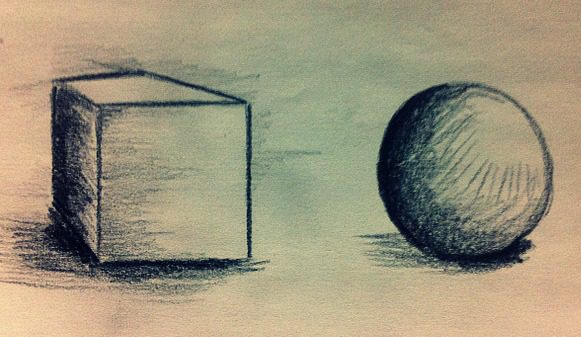
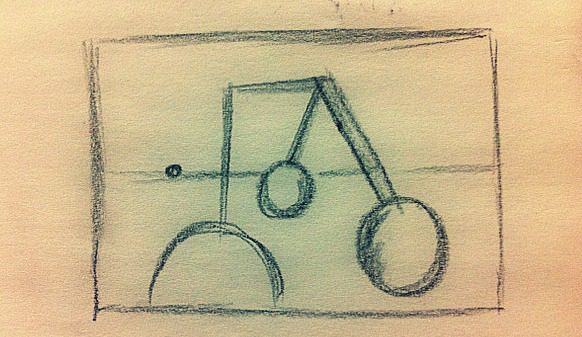
Materials
Paper, pencil kit, eraser
Competencies
Visual Arts
Cross Curricular
Motivation & Response Questions
The newest and coolest amusement park called IMAQUEST is looking for a team to hire to design a ride that is impossible to find anywhere else! What ride can you and your team create that will blow IMAQUEST AWAY? How will you get the contract?
Questions about own art
How did you use techniques to convey your concept? Did you manage to try all the techniques shown? What improvement do you see in your skills?
Questions about peers art, Banksy and Nowak
What makes the work and rides so unique and impossible? Which rides inspired you the most? Which ride would you definitely run to at an amusement park for? How did the artists and peers convey their ride ideas through their pieces? What techniques did they use?
Step 2: Build Your Ride
Rationale
Students will break into groups of three and pick one of their designs to build. They will use various materials and working motors, while exploring distinctive art techniques of assemblage, material and form association, and detail. As well, they will explore various technologies and scientific terms such as circuits, weight, momentum, RPM and voltage. For more inspiration, the educator shows the work of Michael Demeng, who creates motorized toys using the assemblage technique, and Zimoun, who uses motors in his installations. In addition, students will be shown two prototypes of already-built rides
Art Objectives

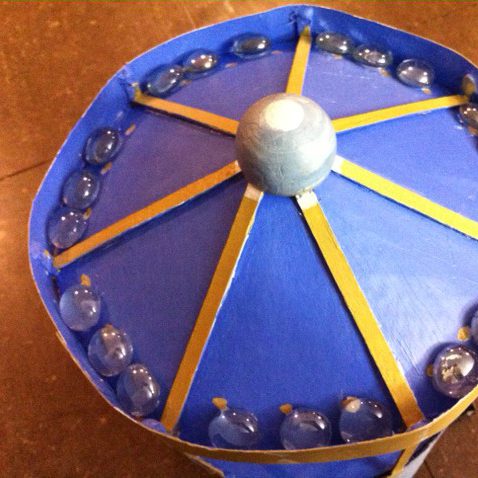
Vocabulary
Art Vocabulary
Science Vocabulary
Materials
DC motors, battery packs, batteries, gears, cardboard, popsicle sticks, glue guns, scissors, Styrofoam, pipe cleaners, Ziploc bags and any other material you can find!
Competencies
Visual Arts
Cross Curricular
Motivation & Response Questions
Questions about own art
How will you choose your material? What materials do you think would work best with your design? What are some of the steps you have taken to reach your final product? What were some of the difficulties you had when using the motors? How did you solve these problems?
Questions about peers’ art, Demeng, and Zimoun
How are these works similar or different from your own? What materials or steps did they take that may benefit your design? How is the motor used in the design? Have you discovered alternative techniques to the ones I have shown you? What do you think about these works? Are they exciting, scary, calm etc. Why or why not? Are they exciting, scary, calm, etc.? Why or Why not?
Step 3: Paint your Ride
Rationale
Students will paint and embellish their amusement park rides while exploring the terms and techniques of color meaning, color mixing and revisiting the techniques’ texture and detail using a different medium. For inspiration, the work of Banksy, Nowak, Deng and Zimoun will be revisited to study how they used color and embellishments in their work.
Art Objectives
Vocabulary
Materials
Acrylic paint, paint brushes, water containers, beads, plasticine, string, and other
Competencies
Visual Arts
Cross Curricular
Motivation & Response Questions
Questions about own art
What colors did you use and why? How do they connect to your ride? What are the colors supposed to make the rider feel? How does this enhance the experience?How does color support your theme or concept?
Questions about peer art and contemporary artists (Demeng, Zimoun and others):
What types of colors have these artists used? Do you think they have used these colors for a specific reason? How do the colors make you feel? How would the work change if the colors were different? Do you prefer one work over the other? Why or why not?
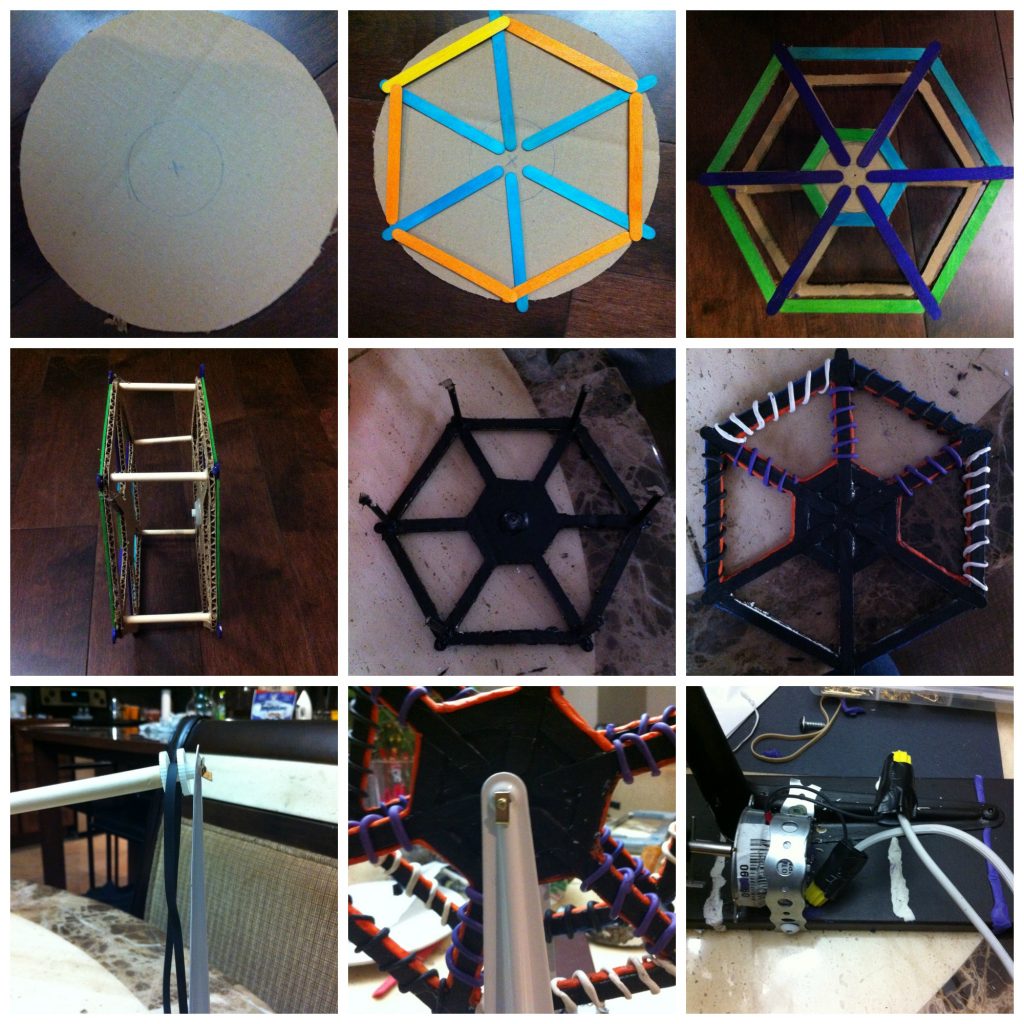
Step 4: Present your ride
For the final activity, each team will be asked to present and pitch their idea to the classroom. The remaining students in the room will take on the role of IMAQUEST adjudicators. At the end, the team who received the most votes from the class wins the contract with IMAQUEST! Students should be as imaginative as they wish in presenting and in their roles as IMAQUEST adjudicators. Playing counts here! This is the only part of the unit where they will have totally open direction! HAVE FUN!
